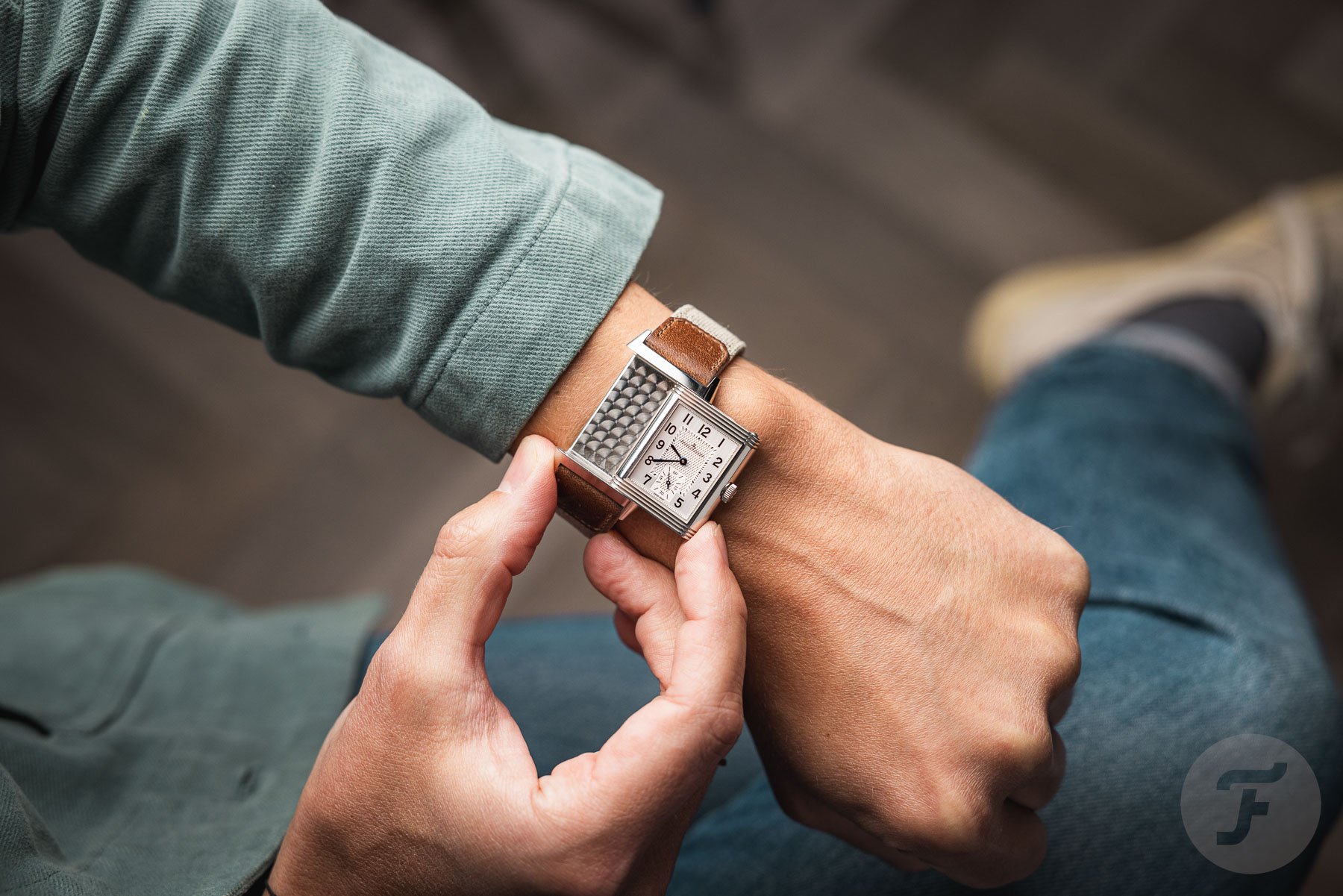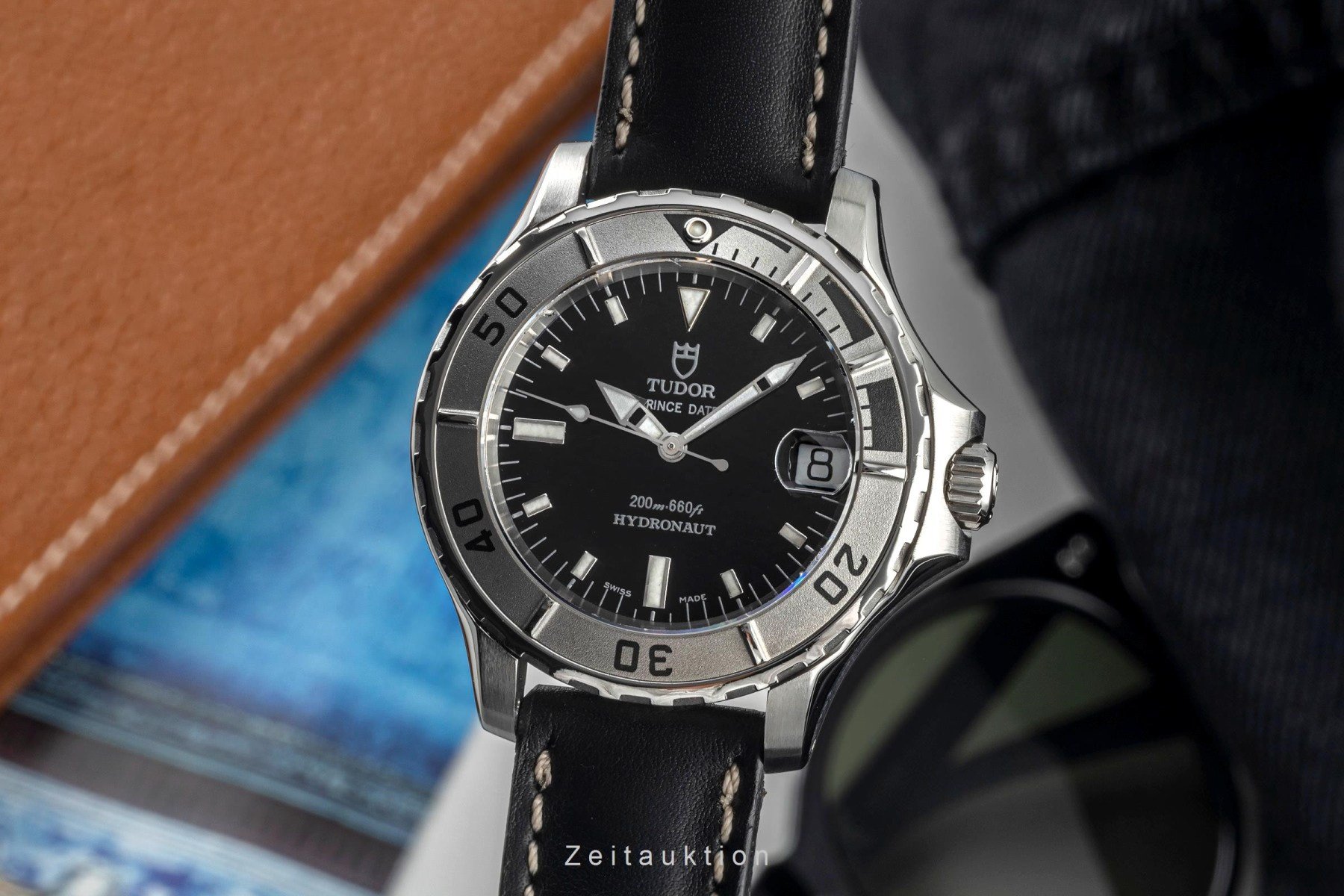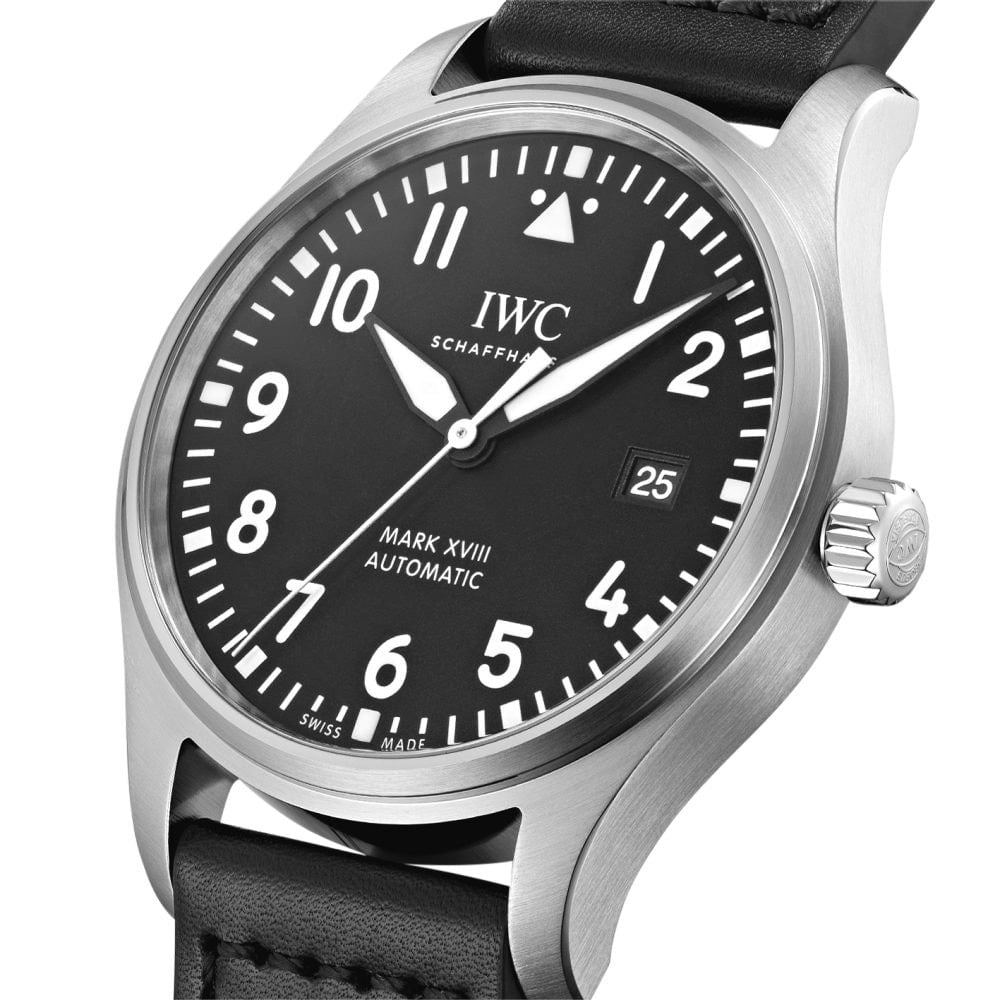Pre-Owned Watches — The Answer To Rising Watch Prices
Rising watch prices, particularly for some brands’ classic models, are creating opportunities to look further afield. Today, we look at five vintage, neo-vintage, and more recent secondhand options that are worth exploring.
Last month, an article I wrote garnered quite a lot of attention. In it, I mentioned French philosopher Denis Diderot and the message about consumerism that we could take from his writing. In a nutshell, Diderot was caught in a consumerist trap in which he felt compelled to buy more and more expensive objects to justify a fancy new dressing gown. The bottom line of that article was to encourage a conversation around looking further afield for neo-vintage or secondhand options and perhaps spending more time cherishing what we already had. I pointed out that my first big purchase of a new watch was a Tudor Black Bay 58 and that even Tudor, a watch brand known for a good quality-to-price ratio, has increasingly raised prices over the last three or four years.
Pre-owned options in a world of rising watch prices
Our readers really engaged with those concepts, and I’m grateful for all the positive discussions that this story raised. In the spirit of that original feature, I wanted to highlight some of the pre-owned watches that I would consider buying if I were completely new to the hobby today and found myself balking at high prices for new watches. Many pointed out that other brands had put in place even steeper price rises. For example, some flagged Jaeger-LeCoultre, while many others noted that the Omega Speedmaster had seen a significant rise in a relatively short time too.
I think it’s worth noting that in 2021, the Omega Speedmaster Moonwatch ref. 310.30.42.50.01.001 was €6,100 on the bracelet. At the time, many still thought the Speedmaster hit pretty hard given its excellent heritage and the latest version’s technical upgrades. Today, it sits at €7,500 (and €8,600 for the sapphire-crystal ref. 310.30.42.50.01.002), which is nearly a 23% increase. This certainly creates a different proposition. Now, my original article was never intended to get into the nitty-gritty of what brands or product lines have had the greatest increases. Rather, it encourages us to think outside the box as many start to feel priced out of the watches that they may have been able to afford four or five years ago. In that spirit, here are five examples of pre-owned watches that I would consider owning over their current counterparts.
Omega Seamaster Planet Ocean with caliber 2500
Omega had a strong streak of releases in the early to mid-2000s. Besides the Seamaster 300M ref. 2254.50.00, which Nacho owns, the brand also released the Planet Ocean series. My favorites are the ones equipped with Omega’s ETA 2892-based caliber 2500. These watches were the first generation of the Planet Ocean and, in my humble opinion, visually the nicest. Introduced in 2005, the 42mm versions are future neo-vintage classics.
The design of this watch harks back to the iconic Omega Seamaster 300 of the 1960s, with a wonderful font for the numerals at 6, 9, and 12 o’clock. The simple black-bezel version is the classiest by far, and while they also came in a 45mm case size, I’d always opt for the 42mm version. These watches are available in good condition in the mid-€3,000s on a bracelet. I don’t know about you, but I’d much rather own one of these than the new Omega Seamaster 300M or even a Speedmaster. For more information on these watches, check out Thomas’s historical overview of the Planet Ocean collection.
The Tudor Hydronaut
Tudor’s watches from the late 1990s right up until the release of the original Black Bay in 2012 are interesting to explore. Though people often think not-so-appealing avant-garde designs ruled this era, I feel there are gems to be found. One such gem is the Tudor Hydronaut. A 200m-rated dive watch with a Tudor-modified ETA 2824-2, the Hydronaut is a value proposition on the pre-owned market today, often with prices below €2,000. With an unusual handset, there is something to appreciate in its quirkiness. We know Tudor makes solid watches from a build-quality perspective, and the movement in this watch is easily serviceable. So, the only things you might need convincing about are the unusual looks. I’ll admit that I quite like them. Plus, along with the full-size 40mm models, such as ref. 89190, there are even 36mm versions, like the one pictured here for €1,650.
Early Rolex Oyster Precision watches
Rolex got a lot of attention at this year’s Watches and Wonders for releasing many models in precious metals. I’ve never been drawn to the Rolex stable outside of the stainless steel models. And I particularly like the modern Explorer. But what I appreciate even more are vintage Rolex watches, especially the humble manual-wind Rolex Oyster Precision models. These watches are simple and elegant with the core DNA of what made Rolex great. If I were to consider picking up a Rolex today, it would be one of these. Prices vary greatly, but good examples with a Rolex bracelet are available in the mid-€2,000s. I’d argue that these watches have a bigger cool factor than anything we saw this year from the brand, but that’s highly subjective. Regardless, with 34mm Oyster cases that wear more like a 35–36mm case, these are fantastic timepieces.
Jaeger-LeCoultre Reverso Classique
One of the product lines that sparked tons of discussion about prices has been JLC’s Reverso watches. Prices have risen significantly and quickly. But one of the great things about the Reverso is that there are so many secondhand options out there. One of my favorites is on the smaller side (23mm wide and 38.5mm long, to be exact). It’s the Jaeger-LeCoultre Reverso Classique ref. 250.8.86. In production from the mid-’90s through the ’00s, this watch shows just how far prices have moved in recent memory. Steel versions of the JLC Reverso Classique can be found in the mid-€3,000s. If you are already in the market for the Reverso, I’d encourage you to look into these. If you like the sizing and design, I don’t see how you can go wrong.
The IWC Pilot’s Watch Mark XVIII
The IWC Mark XX brought a host of improvements to its predecessor, the Mark XVIII. A better movement, slightly beefed-up water resistance, and nice dial proportions all make the Mark XX a compelling choice for fans of the Mark series. But that is not to say the Mark XVIII is not a good watch. On the contrary, it is a very good watch and one that can be found on the secondary market for less than €3,000.
For those after an iconic pilot’s watch from IWC, the Mark XVIII would be my choice. In my eyes, it has a better dial design than the preceding iteration and is more attainable than the Mark XII or Mark XV. While a relatively young watch from the 2010s, it predates the sharp rises in watch prices, which the current secondary market seems to reflect.










